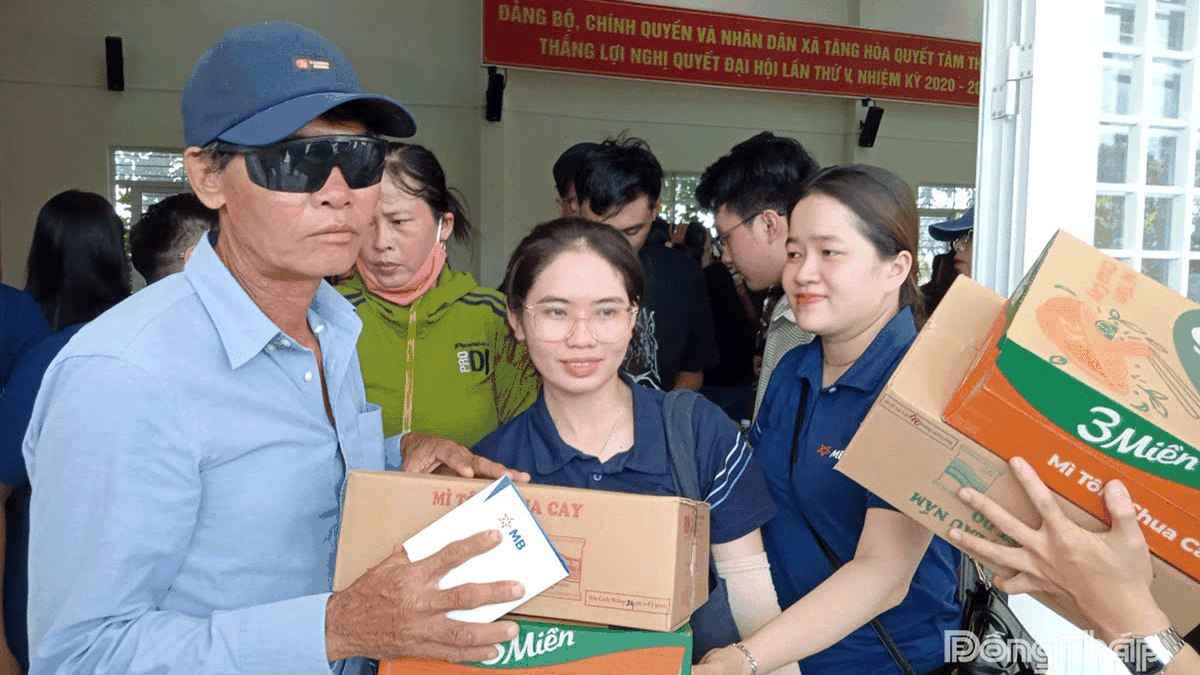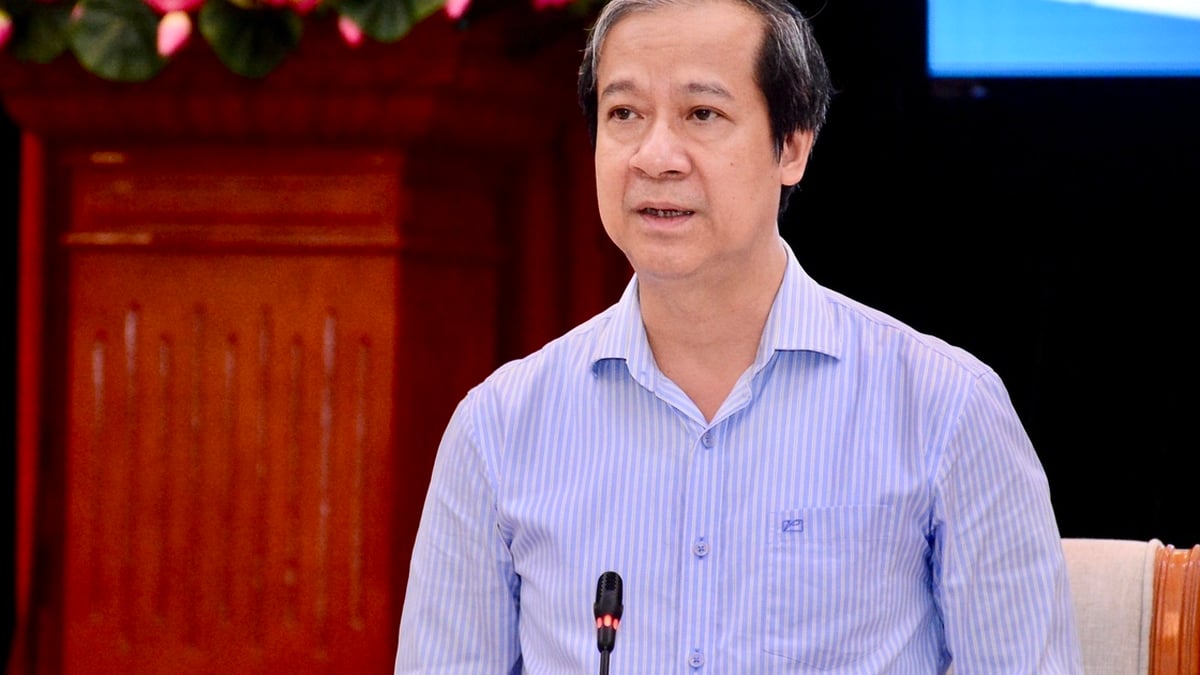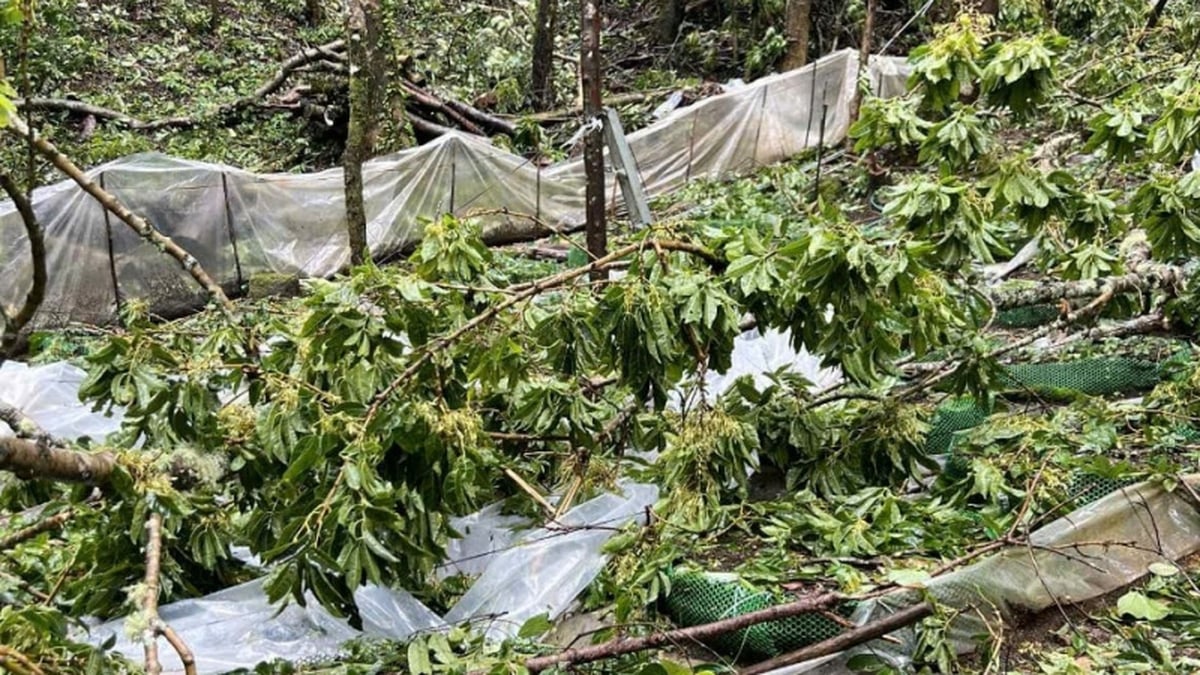 |
| Check the situation of pests and diseases on rice plants |
However, at this time, many types of pests and rats are simultaneously damaging many rice fields and are tending to spread widely in many fields of localities. Pests are causing damage at quite high densities such as small leaf rollers, rice blast disease, brown leaf blight, and rats. Other harmful organisms such as planthoppers, spider mites, brown spot disease, brown brick disease, etc. are causing damage sporadically, with low density and damage rate.
Among the currently serious pests and diseases, leaf blast is especially dangerous for rice plants. In conditions of severe damage lasting from the beginning to the end of the crop, it will greatly affect productivity, even causing a total crop loss. By March 26, nearly 400 hectares of rice were affected by leaf blast with a prevalence of 5-10%, mainly on J02 and glutinous rice varieties. The area of leaf blast is concentrated in many cooperatives in Phu Vang, Quang Dien, Phu Loc, and Phong Dien districts.
At the same time, the brown spot disease is causing damage to an area of nearly 600 hectares with a rate of 5-10%. This is also one of the dangerous pests for rice in the stage of heading and flowering. In severe conditions, the disease will cause poor growth of the rice plant, possibly leading to local death, affecting the yield and quality of the product. The brown spot disease is causing damage to many cooperatives in Phong Dien, Quang Dien districts, Hue city, and Huong Thuy town.
Rats are also damaging about 370 hectares at a rate of 3-5%, in some places 10-20%, an increase of 135 hectares compared to last week (an increase of 235 hectares compared to the same period last year). The areas of severe damage caused by rats are mainly concentrated in Hue City, Huong Tra Town, Phu Vang, Phong Dien, and Quang Dien districts. Localities have used 586.5 kg of rat poison, collecting about 15,500 tails, an increase of 650 tails compared to last week.
The biggest difficulty for farmers today is that many types of pests cause local damage in many different fields. When people spray pesticides to control one type of pest, another type of pest infects other fields. Furthermore, many farmers do not comply with regulations and do not spray the same type of pesticides as the specialized agencies; each group of households uses different types of pesticides, so the effectiveness of pest control is very low, even ineffective.
According to the Head of the Provincial Department of Crop Production and Plant Protection, Mr. Ho Dinh, pests and rats will continue to develop complicatedly in the coming time, with a tendency to spread over many areas. Accordingly, small leaf rollers continue to cause damage to large-scale rice in the panicle formation stage. Rice blast disease and grain smut disease arise and cause damage to rice areas in the flowering and ripening stages. Sheath blight disease arises and causes damage to rice fields with dense sowing and unbalanced fertilization.
This is the time when farmers need to strictly follow scientific measures as prescribed by the authorities in organizing rice pest control. Plant protection officers go to the fields, coordinate with localities to guide farmers to use the right types of drugs, dosages, and spraying times corresponding to each different type of disease to achieve certain effectiveness.
According to the regulations of the Plant Protection Department, farmers must closely monitor the small leaf rollers blooming in the fields to spray to eliminate areas with high density. In conditions where small leaf rollers cause damage during the rice panicle-flowering stage with a density of 20 insects/m2, pesticides containing the active ingredients Isocycloseram, Indoxacarb, Chlorantraniliprole, Lufenuron... must be sprayed with the prescribed dosage and recommendations of plant protection officers.
Plant protection officers instruct farmers to spray rice blast disease prevention chemicals when the rice is about 3-5% sparse and after the rice has finished blooming (the first time is 7 days) with chemicals containing active ingredients such as Tricyclazole, Fenoxanil..., combined with chemicals to prevent grain sterility with active ingredients such as Hexaconazole, Azoxystrobin, Difenoconazole, Propiconazole...
Farmers need to increase inspection and spraying to prevent and control brown spot disease when it first appears, especially in densely sown, low-lying, stagnant rice fields... using drugs containing active ingredients Validamycin, Hexaconazole, Chlorothalonil... At the same time, continue to kill rats to limit damage during the rice heading and flowering stages; monitor other harmful organisms to have timely management and prevention measures.
Source


































































































Comment (0)